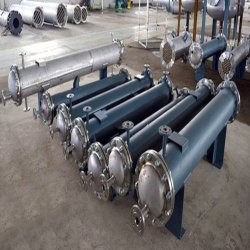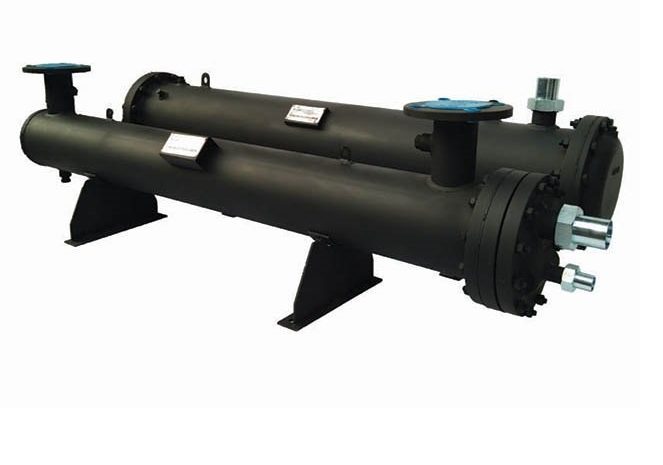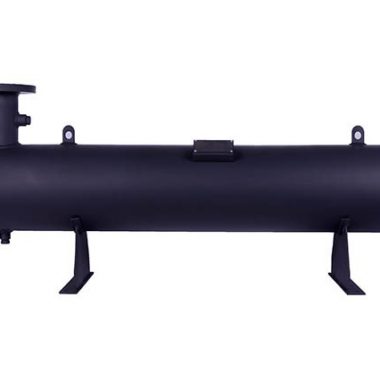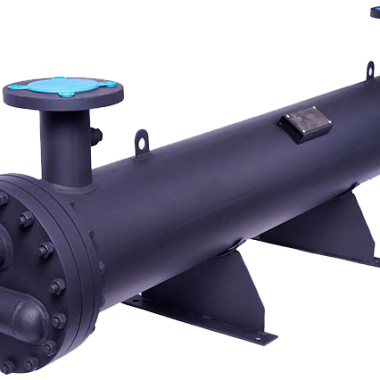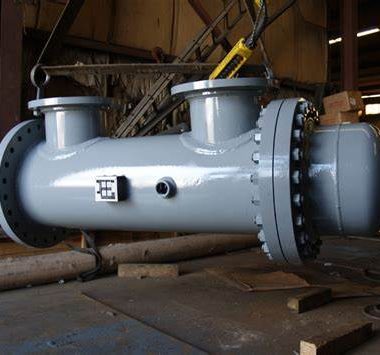How does a shell and tube heat exchanger work?
How does a shell and tube heat exchanger work?
A shell and tube heat exchanger could be a type of heat exchanger that comprises of a cylindrical shell (outer vessel) containing a bundle of tubes (inner elements). How does a shell and tube heat exchanger work? : Here’s how it works,
1. Fluid Circulation:
Two fluid streams, known as the hot fluid and the cold fluid, stream through the shell and tube sides of the exchanger, separately. The hot fluid enters the heat exchanger through an inlet nozzle on one conclusion of the shell and flows through the space between the tubes, whereas the cold liquid enters through an channel nozzle on the inverse conclusion and flows through the tubes.
2. Heat Transfer:
As the hot fluid flows through the space encompassing the tubes (the shell side), it transfers heat to the colder liquid streaming inside the tubes (the tube side). This heat transfer happens through the dividers of the tubes, which act as barriers between the two liquid streams. The heat exchange prepare can be either concurrent (both fluids flow within the same heading) or countercurrent (fluids flow in opposite directions) depending on the plan of the heat exchanger.
3. Turbulence and Mixing:
To enhance heat transfer productivity, turbulence is regularly actuated in both liquid streams. This will be achieved through different means, such as baffles inside the shell or tube inserts inside the tubes. Turbulence advances mixing and increments the surface zone available for heat transfer, coming about in more productive thermal exchange between the fluids.
4. Outlet and Exit:
After trading heat, the hot fluid exits the heat exchanger through an outlet spout on the shell side, whereas the cooled fluid exits through an outlet spout on the tube side. The hot fluid may be altogether cooled down, whereas the cold fluid may be heated up because it retains thermal energy from the hot fluid.
5. Additional Components:
Shell and tube heat exchangers may moreover include extra components such as baffles, tube sheets, tube supports, inlet and outlet headers, and separator to optimize execution, encourage support, and ensure structural integrity.
Overall, shell and tube heat exchangers work based on the rule of exchanging heat between two fluid streams isolated by strong dividers (the tubes), permitting for proficient thermal exchange whereas maintaining physical division between the fluids. This plan makes them flexible and broadly utilized in different industrial forms, counting HVAC systems, power generation, chemical preparing, and refrigeration applications.
